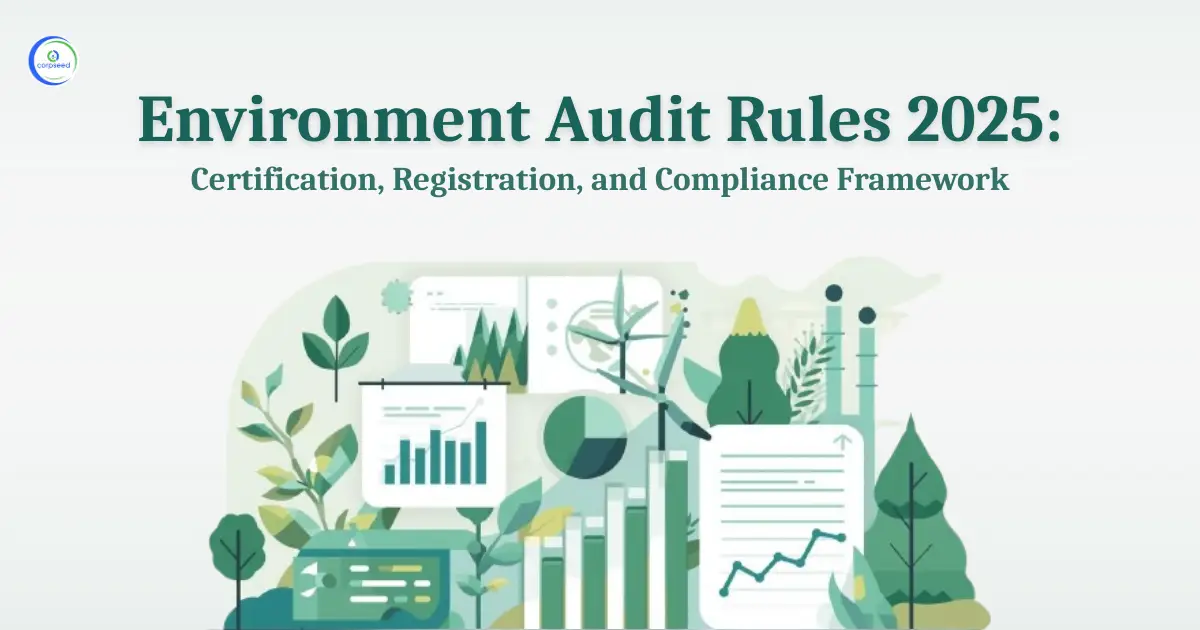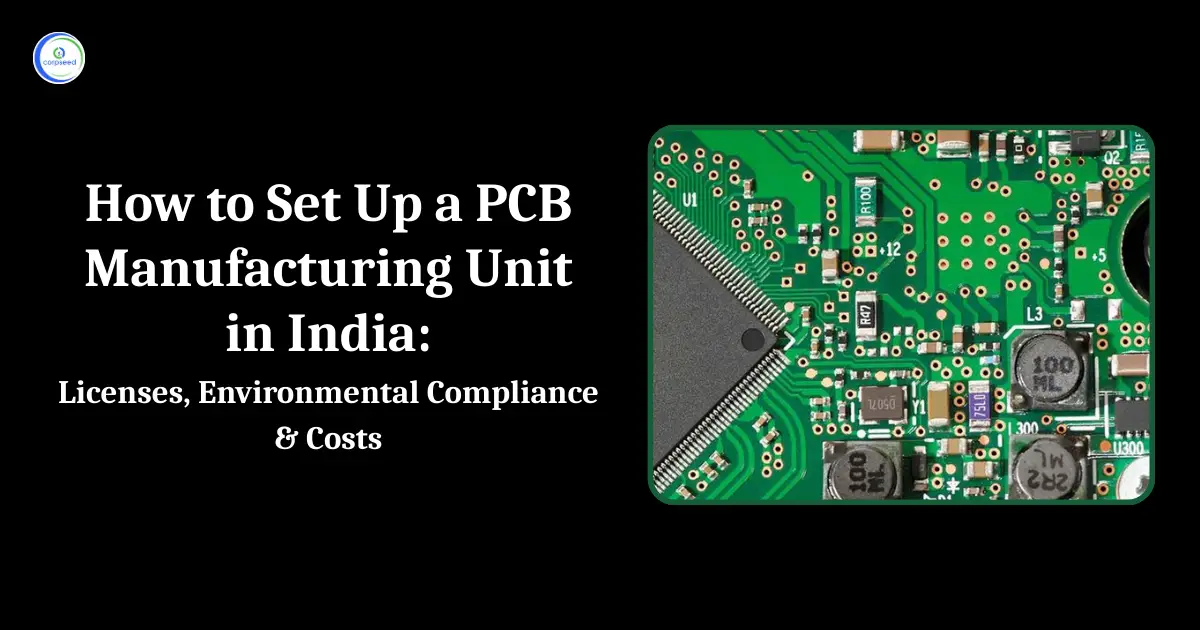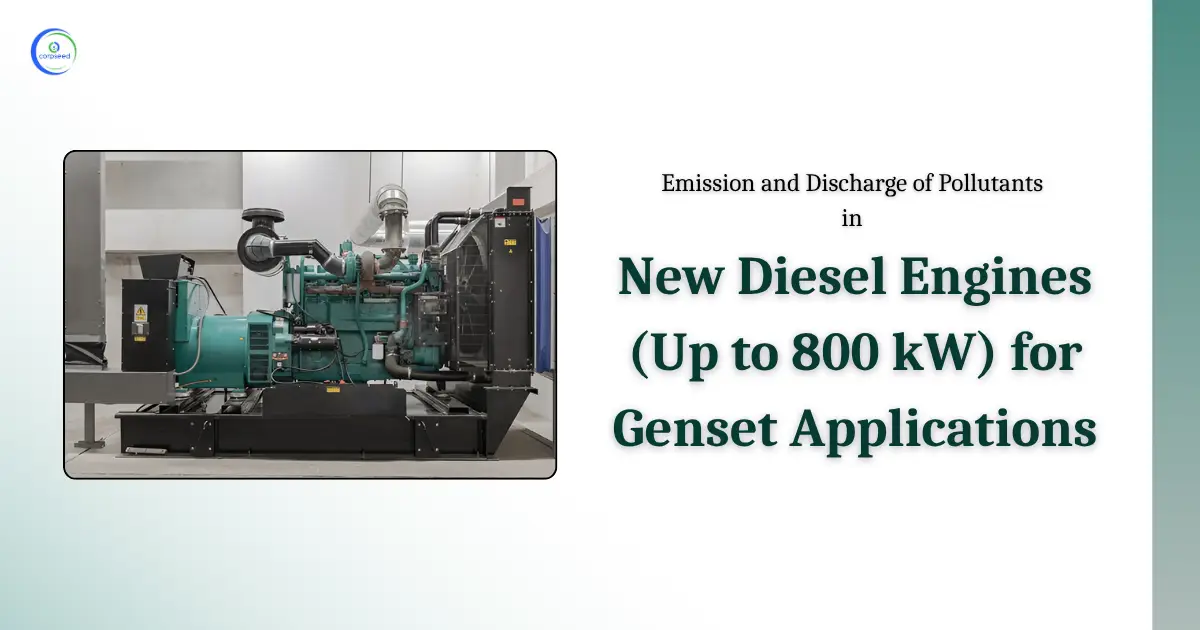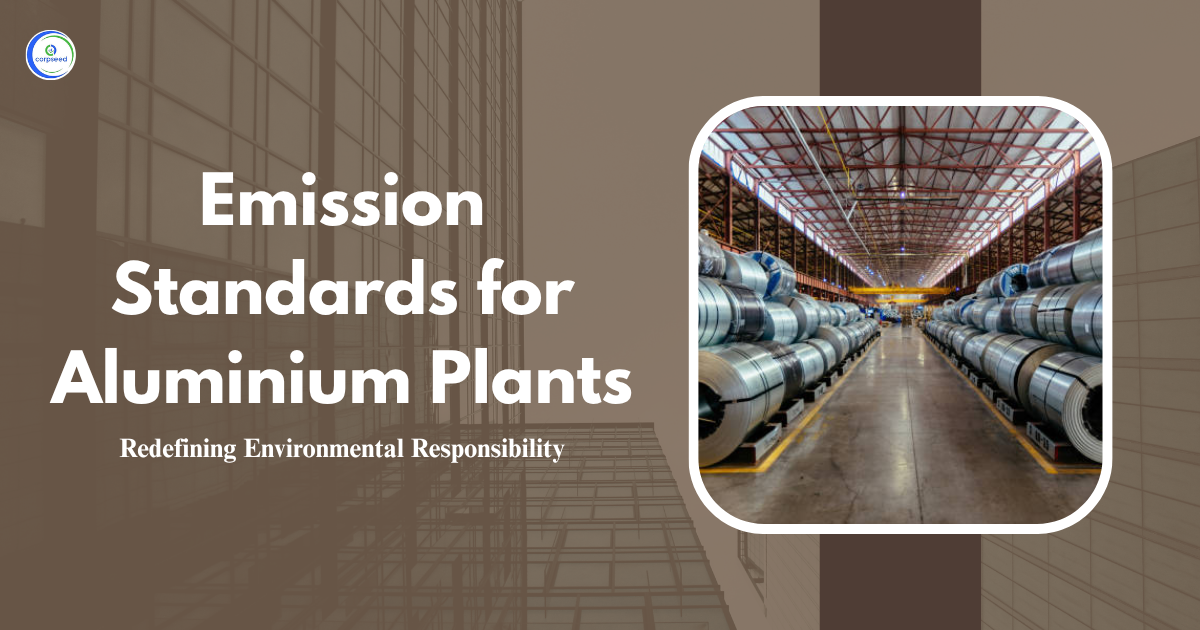Stone crushing units play an important role in providing raw materials such as gravel, sand and limestone for construction and infrastructure developments. Although these units are crucial, they also generate dust and waste which, if left unchecked, can pollute air and water quality, leading to health and environmental risks.
Table of Contents
- Understanding the Environmental Protection Rules, 1986
- Environmental Pollutants from Stone Crushing Units
- What is a Stone Crushing Unit?
- Benefits of Emission and Discharge Standards
- Environmental Issues Associated with Stone Crushing Units
- Emission Standards for Stone Crushing Units
- Effluent Discharge Standards for Inland Surface Waters
- Regulatory and Monitoring Mechanism for Stone Crushing Units
- Conclusion
Understanding the Environmental Protection Rules, 1986
The Environmental Protection Act, 1986, is a main legislation that enables the government to set regulatory standards to control pollution in several industries including stone crushing units. The Environmental (Protection) rules detail specific limits on pollution that industries must comply with. These rules help mitigate emissions of harmful substances like suspended particulate meters (SPM) and protect wastewater discharges, air and water quality.
The Central Pollution Control Board (CPCB) and the respective State Pollution Control Boards (SPCBs) supervise the enactment of these standards. By aligning operations with these principles, stone crushing units can reduce environmental damage, comply with legal requirements and protect public health.
Environmental Pollutants from Stone Crushing Units
Stone crushing operations release numerous pollutants into the air, affecting water and soil quality. These emissions, if uncontrolled, can impact human health and the environment, making it necessary to identify and manage these pollutants efficiently.
- Suspended Particulate Matter (SPM): Dust produced from crushing, screening, and material handling, which rigorously affects air quality and can lead to respiratory problems.
- Noise Pollution: Loud machinery and vehicles generate noise that disturbs adjoining communities.
- Water Pollution: Runoff containing sediments, oils, and chemicals may pollute surface and groundwater sources.
- Airborne Fine Dust: Microscopic dust particles that worsen air pollution and affect health.
- Vibration: The mechanical vibrations from crushers can impact the stability of surrounding structures and natural habitats.
--------------Blog Contact Form-------------
What is a Stone Crushing Unit?
A stone crushing unit is an industrial facility that processes large raw stones into smaller, construction materials such as crushed stone, gravel and sand. These units usually use axes, conveyor belts, screens, and other machinery to break rocks. Typically located near mine tunnels, construction sites, or road projects, Stone crushing units are important for the infrastructure development. However, without proper pollution control, their operations contribute significantly to dust, noise and water pollution.
Benefits of Emission and Discharge Standards
Emission and discharge standards are essential to ensure that the stone crushing industry functions responsibly. These standards safeguard public health, minimize pollution, and encourage sustainable development. Following are some key benefits:
- Health and Safety of Workers and Communities: By restraining pollution in the air and water, these standards mitigate respiratory illnesses, skin irritation, and other health problems among workers and nearby residents.
- Protection of Water Bodies: Strict wastewater discharge standards avoid pollution of rivers, lakes and groundwater, which helps keep aquatic ecosystems and clean drinking water safe.
- Compliance and Legal Protection: Following to emission principles helps stone crushers avoid fines, plant closures and legal disputes, confirming smooth business operations.
- Improved Air Quality: Controlling dust emissions improves air quality, visibility and the overall environment in and around crushing zones.
- Sustainable Business Practices: Long-term compliance fortifies company reputation, attracts environmentally conscious customers and promotes sustainable growth.
Environmental Issues Associated with Stone Crushing Units
Stone crushing units add significantly to air pollution through emission of fugitive dust. These emissions originate from numerous stages of the crushing process and connected material handling activities. Some to the main key sources include:
- Primary Crushing: In primary stage, considerable dust is produced where large rocks are broken down. This happens during both crushing and unloading of raw materials. Although many units install water sprinkler systems and partially covered sheds to suppress dust, in many cases, the coverage is either inadequate or poorly maintained.
- Secondary Crushing: This stage also discharges more fugitive dust than primary crushing. In many cases, the absence of an accurately closed shed result in substantial dust dispersion into the surrounding environment.
- Screening: Movable screens used to distinct materials by size generate high levels of airborne dust. Although some units come with water spray and protective shades, insufficiencies in design or functionality can minimize their effectiveness.
- Tertiary Crushing: This process includes grinding stones into fine particles, often producing fine dust that is blown into the air if not properly contained.
- Conveyor Belts: Conveyor systems transport raw materials and crushed products throughout the unit. Dust releases occur during material movement, especially at transition locations. Some units reduce it by using a water spray and covering the belt with sheets or cloth.
- Product Transfer and Storage: Dust is emitted during material discharge, particularly when left without telescopic chutes. Open stockpiles, especially of stone dust, add significantly to air pollution.
Emission Standards for Stone Crushing Units
To control air pollution, CPCB has prescribed clear emission limits for stone crushing units. The most important parameter is the suspended particulate meter (SPM). The concentration of SPM measured at a distance of 3 to 10 m from any culvert or associated process shall not exceed 600 micrograms per cubic meter. This limit helps ensure that dust emissions from crushing, screening and material transfer do not worsen the adjoining air quality.
Effluent Discharge Standards for Inland Surface Waters
Stone crushing units must also adhere with wastewater discharge limits to avoid water pollution. These limits ensure that wastewater discharged from the units does not affect water bodies or public water resources. The effluent quality standards for discharge into inland surface waters are as follows:
| Parameter | Limit (mg/L) |
| pH | 5.5 to 9.0 |
| Suspended Solids | Not more than 100 |
| Oil and Grease | Not more than 10 |
| Biochemical Oxygen Demand (BOD) (3 days at 27°C) | Not more than 30 |
| Chemical Oxygen Demand (COD) | Not more than 250 |
| Total Dissolved Solids (TDS) | Not more than 2100 |
Regulatory and Monitoring Mechanism for Stone Crushing Units
Effective environmental management of stone crushing units depends on a strong regulatory and monitoring framework. The key requirements are:
- Environmental Clearances: Stone crushing units must secure Consent to Establish (CTE) and Consent to Operate (CTO) from the respective State Pollution Control Boards (SPCBs) or Pollution Control Committees (PCCs) before starting and continuing operations.
- Documentation for Consent: When applying for a CTO or its renewal, units require to submit compliance checklist along with geo-tagged images and videos of the sites. This offers documentary evidence of compliance with environmental guidelines.
- Surveillance Systems: There is a need for mandatory installation of CCTV or PTZ cameras in the entire unit premises. These cameras should store continuous footage for at least 30 days to assist in inspections and administration activities.
- Air Quality Compliance: Units should install monitoring stations for ambient air quality, particularly at upstream and downstream locations, regularly measuring Suspended Particulate Matter (SPM) and ensure emission levels fulfill prescribed standards.
- Green Belt Development: A green buffer zone should be developed around the stone crushing unit. This greenbelt should implement approved landscaping plans to mitigate dust spread and help improve local air quality.
Conclusion
To maintain a balance between industrial development and environmental protection, it is crucial to comply with emission and discharge standards for stone crushing units. These units play a significant role in construction but can produce major pollution if left unchecked. By implementing environmental protection rules, 1986, and complying with guidelines set by regulatory agencies, stone crushing units reduce harmful emissions and emissions. This not only guards the health of workers and nearby communities, but also keeps air and water quality safe. Sustainable compliance promotes long-term operational success and contributes to a healthier environment for future generations.
This portion of the site is for informational purposes only. The content is not legal advice. The statements and opinions are the expression of author, not corpseed, and have not been evaluated by corpseed for accuracy, completeness, or changes in the law.
BOOK A FREE CONSULTATION
Get help from an experienced legal adviser. Schedule your consultation at a time that works for you and it's absolutely FREE.







_Corpseed.webp)
.webp)
